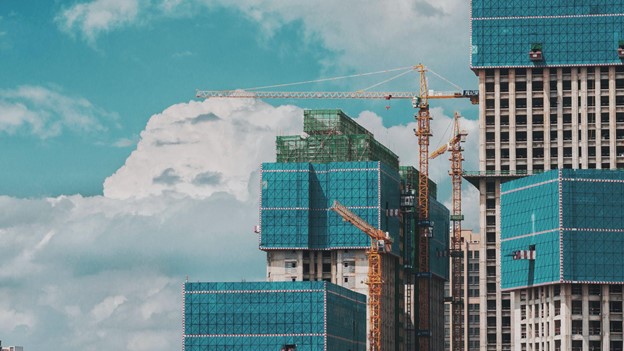Are you having difficulty finding the right server for your business needs? Or are you simply tired of your current hosting provider? You may want to consider building your own server. The thought of creating a custom server may sound impossible, but with the right support, it can be an easy process.
Learn about the benefits of personalizing your own server, including custom features, accessories, and specifications to create a custom server that suits your business goals.
Determine Your Server Requirements
First, determine your specific server requirements and needs. Decide if you want a simple upgrade, or if you need to address slow performance and interrupted services. You may find that your requirements for the upgrade are mainly with physical hardware. A better central processing unit (CPU) can help run complex applications. In addition, you can consider updating the random-access memory (RAM), motherboard, hard drive, chassis, power supply, and cooling for a user-friendly interface.
Take a look at the performance logs and recognize the shortcomings of your current server to know where you can improve with the custom design. Then, for multiple opinions and perspectives, consult with your team and identify the insights and improvements that they would like to make to your server. Additional feedback helps evaluate the current situation and build and maintain a better server.
 Start Building or Updating Your Server
Start Building or Updating Your Server
You may want to create your custom server from scratch, or you might prefer to use your existing server and then add customized layers and features over the current system. Regardless of what level of creation you’re undergoing with your customized server, you’ll want to consult any available templates, guides, models, and resources that feel relevant to your process.
It’s easy to get overwhelmed with all the available information and possibilities. Consider creating a plan and general timeline and contacting external help if necessary. This will help keep the process moving along so that you can focus on important business tasks.
The Right Physical Hardware
While it is important to look at the remote capabilities of your server, don’t overlook the value of the right physical hardware. Building a custom server means you get to handpick each element of design. The specific configuration of your server and its hardware should reflect the priorities of the server according to its purpose to fit your business needs. You should know before choosing hardware how much memory or processing speed you want your server to have. You can go through the components of your current server, or a comparable one, to make sure you get the elements you need. This will typically include the RAM, motherboard, hard drive, chassis, power supply, and cooling element.
Your server chassis will bind all the elements of your custom server together, so that is an especially critical piece of hardware in which to invest. Of course, your custom design job can quickly turn to frustration if you choose pieces that don’t fit in your chassis. Also, there are different chassis options depending on your server strategy. For example, a 2U chassis can fit more equipment, but a 1U chassis might make better use of your rack space.
Check Your Software Applications
A server is more than just hardware and power. Your server will need to run a variety of processes, which typically is accomplished using applications on your software. Your server configuration may require a certain software package that comes with automatic updates, or you may have the flexibility to pick and choose your applications.
Then, you will need to make sure that you have a consistent schedule for reviewing possible software updates. Either way, it is best practice to establish now, when you’re building your server, that you will regularly check your software applications for efficiency.
Security and Maintenance
There are lots of factors that go into creating your custom server experience, but don’t forget that it needs to be kept up and protected continually. Security and maintenance are aspects of building a server that you must intentionally plan for from the beginning. This is the part that won’t be a one-and-done decision, so give it the consideration it deserves initially, and then be prepared to routinely check on your server for maintenance and updates.
One security layer you may want to set up is a redundant array of independent disks (RAID). This type of security prevents a single disk failure from corrupting or deleting your data. If checking your RAID and other security measures physically seems too cumbersome, you can mirror the server environment to a cloud setup where you can run diagnostics virtually. No matter what security you decide to put in your custom server, there will need to be consistent maintenance to ensure that your security systems are working correctly.
Reach Out to an Expert
Even if you are a tech guru, assembling your own custom server can be a lot of pressure. If you’ve already done the work to decide what exactly you want in your custom server, you don’t have to be the one to physically do the work to get the results you want. Trusting a trained technician to build your server for you ensures quality and peace of mind. That way, you can focus on what matters: Gathering, protecting, and using the data that your server will hold for you.
Updates and Evaluations
When creating a server from scratch, you can customize it to your business needs. However, once you finish the initial customization, you must follow up with routine maintenance—including updates, backups, and cleaning—to avoid a slow server and running into problems. Building a server can be costly and time-consuming. So, it may be helpful to hire a specialist to get it done quickly and efficiently the first time around.




